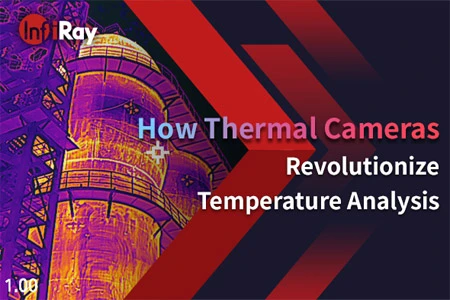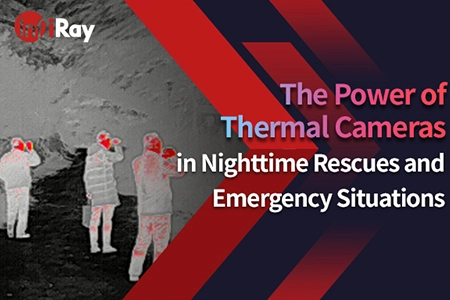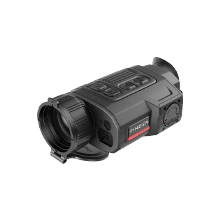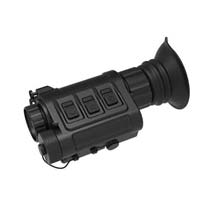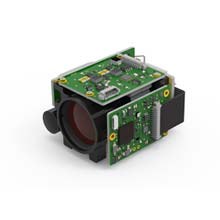Infrared Thermal Camera Inspection and Maintenance of Summer Electricity Supply
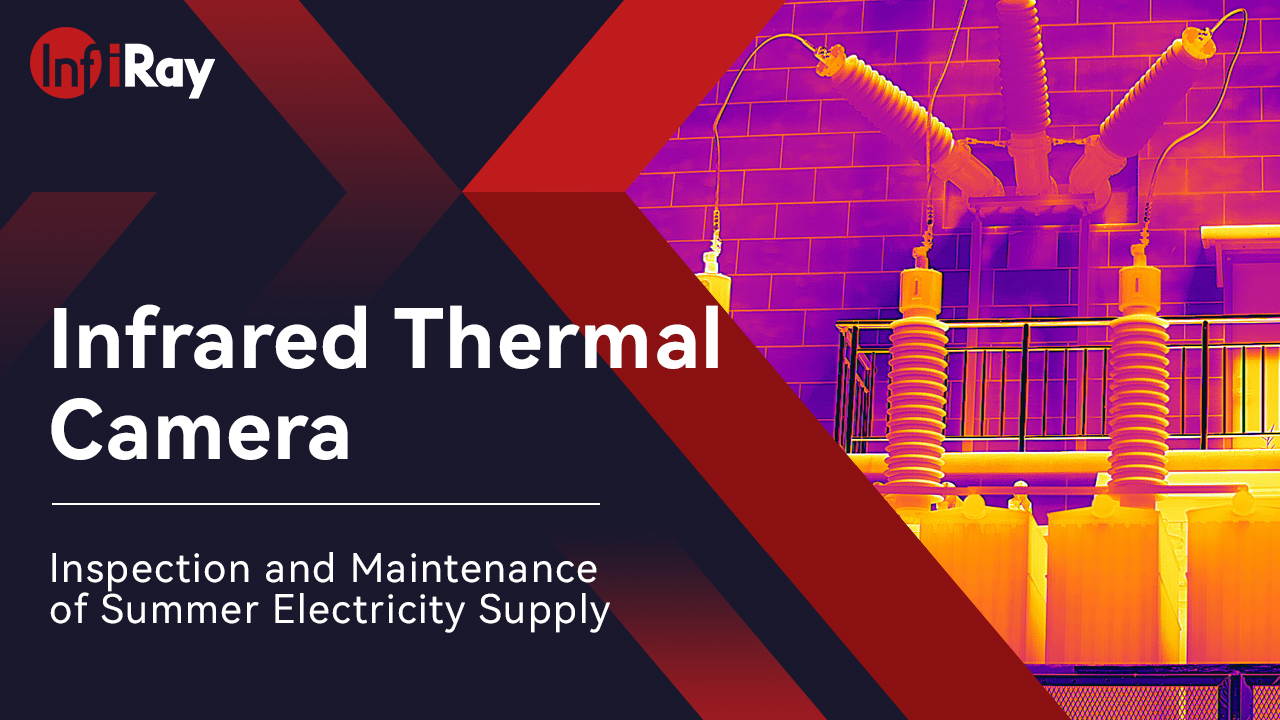
With the arrival of high temperatures, the power industry is facing challenges of increased electricity demand and safe equipment operation. Unlike previous years, temperatures have been steadily rising since last summer, and power facilities are now facing the challenge of continuous high temperatures during the day.
As a result, infrared thermal cameras have become an accurate, fast, and widely used detection tool. They can perform state detection and diagnosis of live equipment without power interruption, contact, disassembly, or sampling. They accurately identify the degree of equipment degradation, faults and failure locations, and causes of faults, and perform quantitative analysis, thereby creating conditions for predictive maintenance of equipment. Therefore, the use of infrared thermal cameras can improve equipment reliability and reduce the cost of equipment management. Extended Reading: A Quick Guide to Thermography Method of Electrical Inspection
Power Transmission Safety
Inspecting the safe operation of transmission lines has become one of the important criteria for evaluating the reliability of the power grid. Summer is a high season for power system failures. Strengthening the inspection and maintenance of transmission lines and equipment using infrared thermal cameras can help detect faults in a timely manner and arrange repairs to ensure a normal power supply.
Infrared Applications
(1) Diagnosis of Defects in Transmission Line Equipment
Insulator Problem Detection: Adverse materials, pollution, low values, and zero values can cause abnormal heating of insulators, leading to faults. By using an infrared thermal imager, the invisible surface temperature distribution of insulators can be presented in image form, revealing information such as the radiation rate and abnormal state of the insulator disc, which plays an important role in insulator fault detection and the safe and stable maintenance of the power system.
Line Connection Fault Detection: Good wire connections usually have extremely low contact resistance, and there is no excessive heating at the connection. Once the temperature at the connection is the same or higher than that of adjacent wires, it indicates a fault at the connection. The thermal imaging characteristics of line connections are centered on the wire clamp and the connection, with obvious hot spots. The temperature anomalies measured by the infrared thermal imager can detect potential faults in advance, issue fault warnings, and prompt staff to take timely troubleshooting measures.

(2) Transmission Line Monitoring To Prevent Forest Fires
Use infrared thermal imaging cameras for 24-hour real-time monitoring to detect abnormal temperatures within the monitoring area. During the early stages of temperature increase in the fire point, timely detection of temperature anomalies accurately determines the location of the fire point, issues early warning signals, and reminds inspection personnel to deal with the fire situation. Find the thermal cameras that can help Prevent Forest Fires here.

Power System Safety and Security
With the continuous increase in electricity load, the operation status of distribution equipment has a direct impact on the safety and efficiency of the power system. Through real-time monitoring, detection, and fault diagnosis of the operation status of distribution equipment, the reliability, safety, and economy of the power system in summer can be effectively improved, while minimizing the cost of line maintenance.
Infrared Applications
(1) Monitoring The Temperature of Distribution Room Cabinets
Real-time monitoring of the temperature of distribution room cabinets, and uploading video images with temperature data to the monitoring platform through the network. Once the temperature is abnormal, an alarm event can be pushed to the platform, and staff can be reminded to promptly discover abnormal points and investigate potential hazards through sound and pop-up warnings.
(2) Monitoring The Temperature of Electrical Equipment Inside Cabinets
Install infrared devices in the electrical cabinet to monitor critical points such as electrical contacts, contact switches, and wire joints 24 hours a day. Once the contacts become abnormally overheated due to overload or poor contact, an alarm message will be promptly pushed to the backend personnel. Click to learn more about thermal cameras that can monitor electric equipment.
Substation Safety
In the frequent thunderstorms and high temperatures and humidity of summer, electrical equipment is prone to abnormal working conditions, resulting in high currents and voltages, which can cause heating, arcing, short circuits, burning, fires, power outages, and other dangers.
If a power fire accident occurs, it will cause huge losses. In order to avoid such situations, infrared thermal cameras can be used for 24/7 real-time monitoring, timely detection of potential safety hazards, and warning, thereby eliminating safety hazards in the cradle and ensuring power safety.
Infrared Applications
(1) Temperature Fault Monitoring of Substation Equipment
Substation equipment is the core of the power system, and its operating status directly affects the safety and efficiency of the power system. In order to monitor the equipment temperature in real time, detect abnormal situations and issue alarms promptly, we use infrared thermal imaging cameras to carry out 24-hour monitoring of substation equipment in all directions.
Once a temperature anomaly occurs, an alarm will be immediately issued to help maintenance personnel quickly locate the fault location and take measures for subsequent protective operations. This ensures that relevant personnel pays timely attention to the warning equipment, formulate processing plans in advance, and ensure the safe and stable operation of the power system.

(2) Security Monitoring around Substations
Whether it is day or night, the infrared thermal imager can detect and discover potential intrusion targets around clearly, realizing 24-hour uninterrupted monitoring and timely warning of suspicious targets.
Using thermal imaging technology for live detection of high-voltage electrical equipment can reduce unplanned power outages, provide a basis for equipment maintenance, and reduce additional expenses.
InfiRay is committed to providing reliable and effective thermal imaging solutions for various industries. Subscribe to our newsletter and we will provide you with more reliable solutions.








